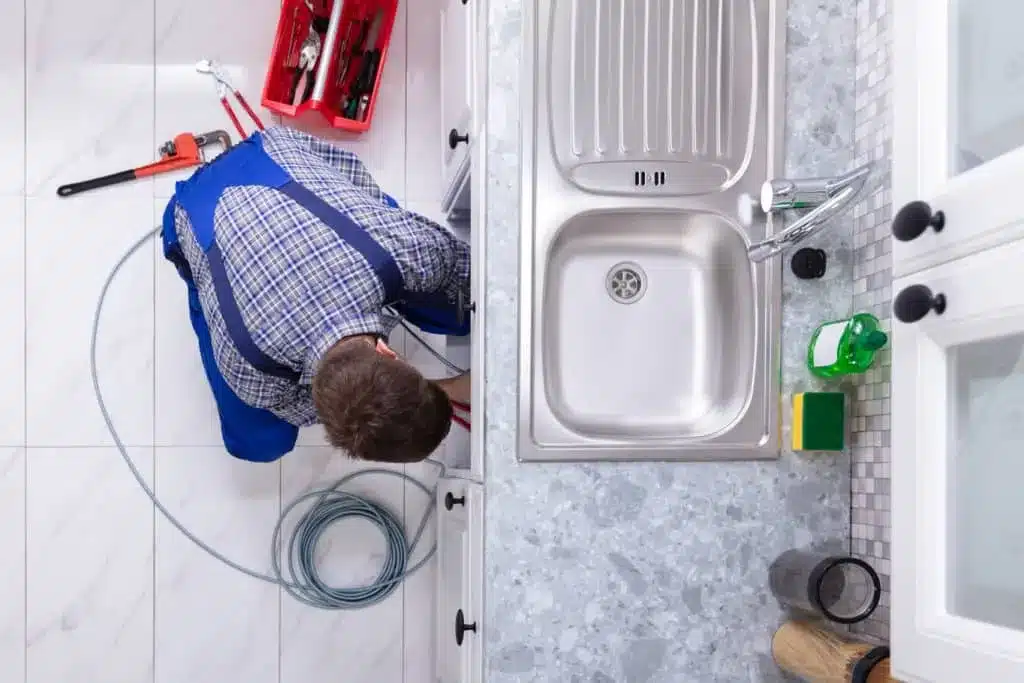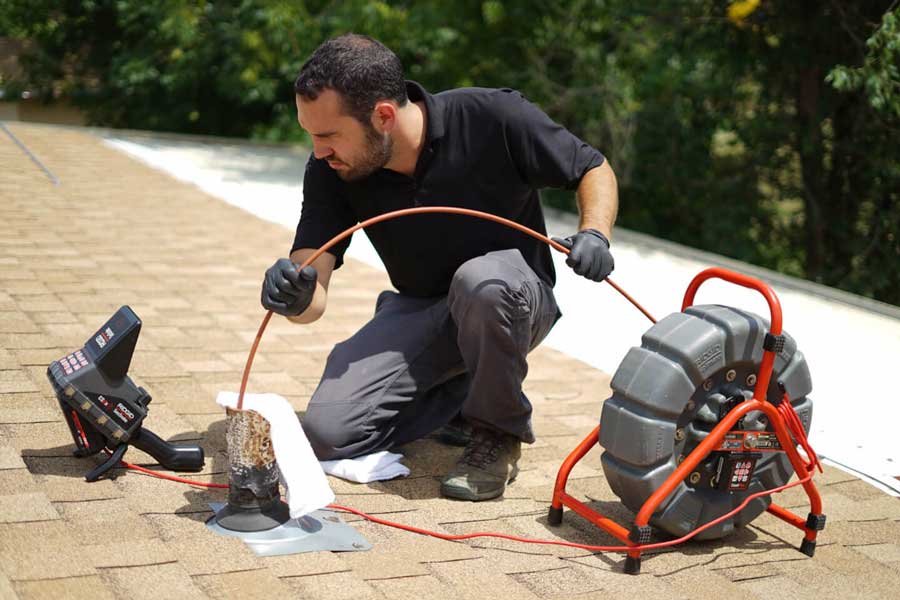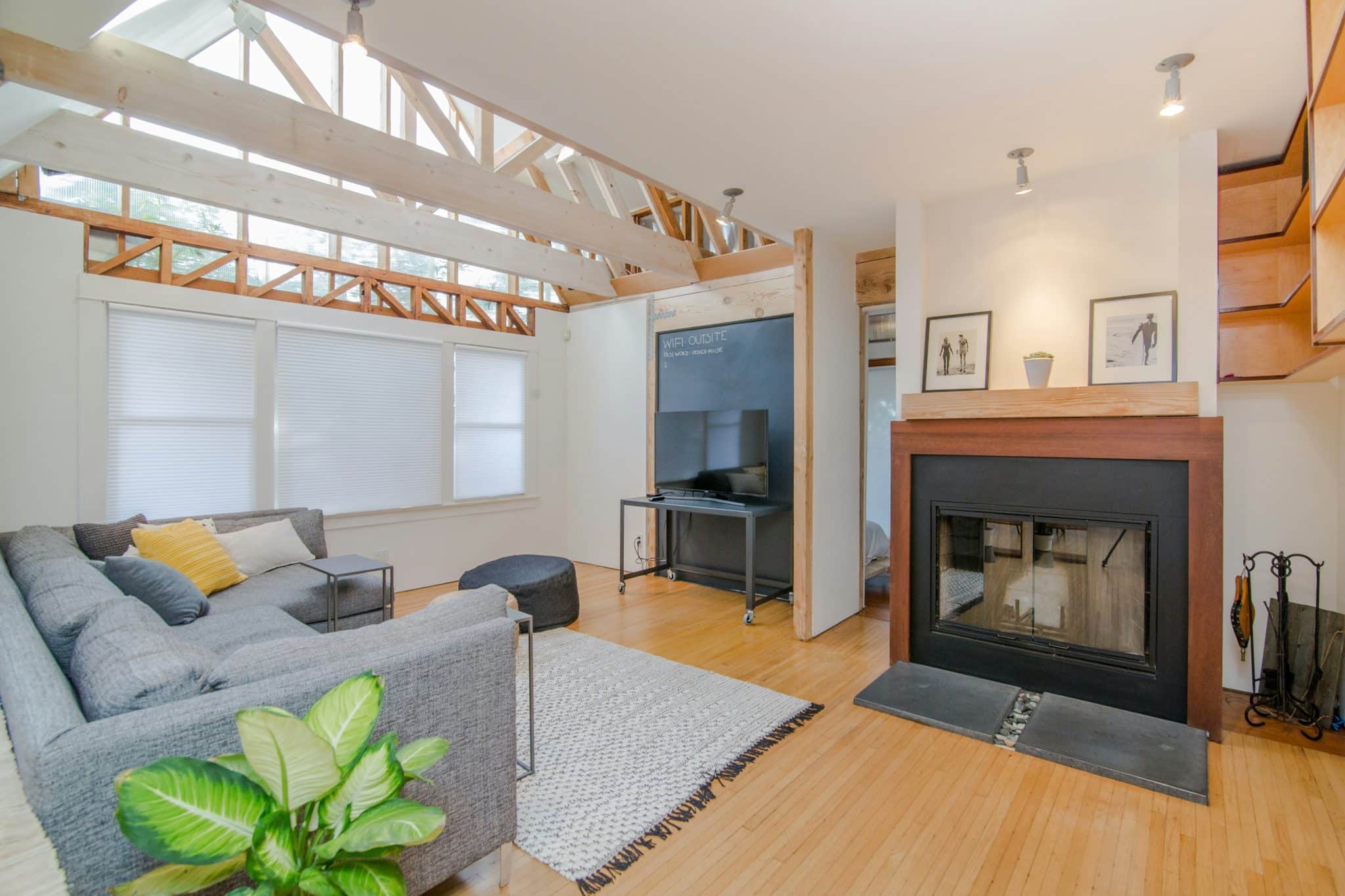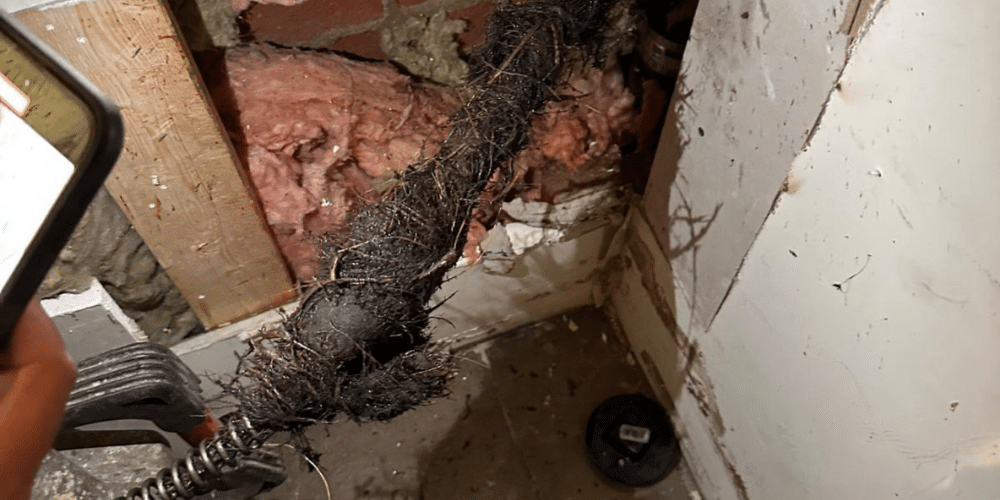How to Prevent Sewage Backup in Your House
A sewage backup is one of the most unpleasant and damaging issues that can occur in a home. When wastewater from your sewer line backs up into your house, it not only creates a foul smell but can also cause significant health hazards and expensive repairs.
Preventing a sewage backup before it happens is crucial to protecting your home and ensuring a safe living environment. In this article, we’ll explore practical ways to prevent sewage backups and keep your plumbing in top shape.
1. Understand the Warning Signs
Before discussing prevention, it’s important to recognize the warning signs of a potential sewage backup. Common indicators include slow drains, gurgling noises from pipes, foul odors coming from drains, and water backing up into other drains when one is in use. If you notice any of these symptoms, it could be an early sign of a problem that needs immediate attention.
The cost of sewer line leak repairs can vary significantly based on several factors. Some of the main factors that determine the cost of trenchless sewer line repair include the location of the leak, the method of repair required, and the extent of damage. Addressing leaks and backups early can prevent these costs from rising, so it’s important to stay alert for warning signs.
2. Keep Grease and Non-Flushable Items Out of Drains

One of the most common causes of sewage backups is improper use of your home’s drainage system. Many homeowners unintentionally cause blockages by pouring grease, oils, and fats down the kitchen sink. Over time, these substances harden and accumulate in the pipes, leading to clogs that can result in a backup.
To prevent this, always dispose of cooking grease and oils in the trash rather than down the drain. Additionally, be mindful of what you flush down the toilet. Only human waste and toilet paper should be flushed, as items like wet wipes, feminine hygiene products, and even so-called “flushable” wipes can create blockages.
3. Install a Backwater Valve
A backwater valve is a one-way valve installed in the main sewer line that prevents sewage from flowing back into your home. This simple but effective device is designed to close automatically when it detects a reversal in water flow, thereby stopping sewage from entering your property.
Installing a backwater valve is especially important if your home is located in an area prone to heavy rainfall or where the municipal sewer system can become overwhelmed during storms. Many local building codes now require backwater valves in homes, but if your house doesn’t have one, it’s a wise investment to consider.
4. Schedule Regular Sewer Line Inspections

Regular maintenance of your sewer line is essential for preventing backups. Over time, tree roots, debris, and other obstructions can infiltrate and block the sewer pipes, leading to slow drains and potential backups. Hiring a professional to inspect your sewer lines every few years can help catch these issues early and prevent them from escalating.
During an inspection, a plumber will use specialized tools, such as a camera inspection, to check for any signs of blockages, cracks, or damage. Regular inspections can help you avoid the inconvenience and costs of emergency repairs by catching issues before they turn into full-blown backups.
5. Be Mindful of Tree Roots
Tree roots are another major cause of sewer line blockages. As trees grow, their roots naturally seek out sources of water, and your sewer lines are an attractive target. Once roots invade the pipes, they can grow quickly, causing cracks, blockages, and even complete collapse of the line.
If you have trees planted near your sewer lines, consider having them professionally inspected to assess their potential for causing damage. If roots are detected in your pipes, a plumber can use specialized equipment to remove them before they cause a blockage.
6. Avoid Heavy Rainfall Overflows

Heavy rainstorms can overwhelm both municipal sewer systems and your home’s drainage system, leading to potential sewage backups. While you can’t control the weather, there are steps you can take to minimize the risk of a backup due to heavy rainfall.
Ensure that your gutters and downspouts are clear of debris so that water can drain away from your home properly. You should also check that your property’s grading slopes away from your foundation to direct rainwater flow away from your house. Installing sump pumps or an exterior drainage system can further help manage excess water during heavy rainfall.
7. Act Quickly to Address Leaks or Blockages
If you notice any signs of a sewer line leak or blockage, it’s important to act quickly. Delaying repairs can worsen the problem and result in a full-blown sewage backup. Whether you’re dealing with slow drains or suspect tree roots may be the cause, don’t hesitate to contact a professional plumber.
Being proactive about repairs is also a smart financial move, as addressing minor issues early can help you avoid more costly repairs down the road. For example, the cost of fixing a small sewer line leak is significantly less than replacing an entire section of the pipe after a major backup.
Conclusion
Sewage backups can cause major headaches for homeowners, but with the right preventative measures, you can significantly reduce the risk. By keeping your drains clear of grease and non-flushable items, installing a backwater valve, and scheduling regular inspections, you can protect your home from the dangers of a sewage backup.







